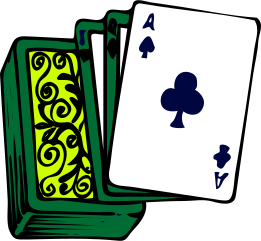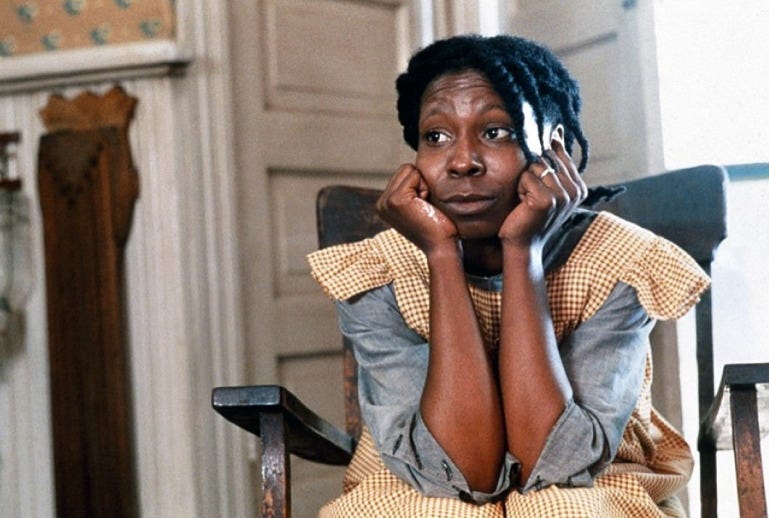Categories as cards (with reverse)
Or how to take more than a bit positive at wokeism
A category, or a label, is like a card with a symbol. That symbol can be a word, a concept or a characteristic of individuals from a given group. That category may start to work as a recipient of attributes, from the moment one counts a sufficiently large number of individuals who seem to have them. For example, if the card says “poor” and one counts many black individuals who earn very little money, one could start to relate “poor” with black people.
The critique of categories as applied to individuals was part of the revolving reflections of early postmodernists, in the 60s, such as Foucault, Lyotard, and others. To label people as crazy, rare, homosexual, etc., was viewed by these thinkers as a way to discriminate them, reject them, even enclose them. But, at the same time, scientific studies and, in general, the gathering, organization, interpretation and use of data by governments and many other institutions, was then solidly established as the modern way to be prepared to solve problems, including the social ones.
Later on, in the 90s, when postmodernism was considered somehow dead as a fade, early Social Justice thinkers and particularly K. Crenshaw reclaimed the use of categories by proposing intersectionality, as the use of several categories which may apply to given individuals so one can get closer to a more complete set of attributes to characterize them and therefore be better able to help them via public policies. So, the initially rejected cards were then handed back to be part of the game. Clusters of characteristics helped then to be less discriminatory, since the chance of encountering an Attribution Bias was somehow reduced.
Recent developments of wokeism seem to have reversed that early meeting point between their postmodernism influence and their antagonistic liberal modern use of categories, because identity politics emerged with its fractionalization of societies in mutually exclusive chunks. The “war” between Social Justice thinkers and Liberal thinkers seems now in its worse stage. The Cancel Culture has arrived and I am afraid it is being practiced reciprocally.
In the film Color Purple, the protagonist is black, woman and poor. These intersectionality takes her to a deeper misery than the one poor black men had or, white wealthy women had or poor white men had. It’s a closer look than just viewing misery for blacks v whites, or men v women, or rich v poor.
The critique about the use of categories should be taken into account, as well as the progress that can spur from the use of clusters and intersectionality. There may be more contact or meeting points between these two ways of viewing knowledge, society and life in general. Let’s stop cancelling.1
I’d like to thank the “The Marketplace of Ideas and the Importance of Epistemic Liberalism” course, conducted by Prof. Brian Russell Graham and offered by Counterweight, an organization founded by Helen Pluckrose, for inspiring me to write about this theme.




Hey Moises, thanks for your text. Interesting. Two comments, though.
To begin with, I am always sceptical of the use of wokeism as a valid... category. It is much more close to a straw man argument, something that the far crazy and hysterical right invented to oppose and define themselves opposing it... It is a bit like the escualidos of Chavez.
That being said, I like to take your words almost literally, and then I do think that you do a disservice to the work that Crenshaw has developed along time by saying that she reclaimed the use of categories.
What I understand from her oeuvre is pretty much the opposite: she analyses and criticise the use of boxes or categories (in a fairly postmodern way, by the way) by linking them. When you realise that there is interaction between the categories, the concept of category as such looses value, since you realise tat those boxes are not isolated, but are porous between each other.
To put it in mathematical terms, the value of intersectionality as a concept is that the sufferings of a black and poor woman are not the added sufferings of somebody that is poor plus somebody that is woman plus somebody that is black. What counts is the way those different identities interact and potentiate their effects. What Crenshaw showed, says inti the mathematician, is that suffering(woman and black and poor) = suffering(black) + suffering(woman) + suffering(poor) + suffering(black*woman) + suffering(black*poor) + suffering(poor*woman) + suffering(poor*woman*black). The interaction terms are non zero, so the suffering is non lineal. Because of that, the linear terms are unrelevant, i. e. categories are useless as the postmodern already showed.
Further I do like the spirit of your writing. Nobody, certainly not me, want to cancel anybody. If that (let's stop cancelling) is the take home message from your lines, thanks! I agree.